 The American Lodge of Research held its first meeting of the 2010 Masonic year last night. The Installation of Officers was followed by the presentation of the new Master’s inaugural paper, a probing examination of a singular subject. W. Bro. Pierre F. de Ravel d’Esclapon presented the fruits of his research into “The History of French Lodges in New York City, 1760 to 1800,” which explains the origins of four francophone lodges and the very complicated men who created them during the earliest years of New York Masonry.
The American Lodge of Research held its first meeting of the 2010 Masonic year last night. The Installation of Officers was followed by the presentation of the new Master’s inaugural paper, a probing examination of a singular subject. W. Bro. Pierre F. de Ravel d’Esclapon presented the fruits of his research into “The History of French Lodges in New York City, 1760 to 1800,” which explains the origins of four francophone lodges and the very complicated men who created them during the earliest years of New York Masonry.The first of these was Perfect Union, chartered on November 1, 1760 by Provincial Grand Master George Harrison. That date is significant not only because it predates even Independent Royal Arch Lodge No. 2, but because it lands during the French and Indian War (or the Seven Years’ War, as it was known to its European combatants). At issue were the activities of the French nationals residing in enemy territory: the British colony of New York. When Britain declared war on France, the French commercial dealings in the Caribbean became a strategic consideration, and the merchants “worked around the embargo,” as de Ravel d’Esclapon phrased it. The matter was so serious that French merchants in New York were arrested, and some were kept in prison even after the cessation of hostilities in 1763. A significant number of these businessmen were brethren of Perfect Union, and this disruption to their lives seems to have resulted in the demise of the lodge.
Decades would pass until French lodges again would populate Freemasonry in New York City. Not a war this time, but a different bloodbath remembered as the slave revolt on Saint-Domingue. During the 1790s, French Masons fleeing this revolution on the sugar producing island colony emigrated to the United States. Seeking more than the religious freedom and economic opportunity that typically drew immigrants, these people were refugees running for their lives. The first lodge created by this wave of immigrants was Loge la Tendre Amitie Franco-Américaine (French-American Loving Friendship Lodge), which was set to labor on a six-month dispensation on December 12, 1793. In time, the Grand Lodge of New York allowed the dispensation of this French Rite lodge to expire, preferring to create a lodge named L’Unité Américaine (American Unity), which received its dispensation on Christmas Day, 1795. The lodge would go dark in 1799.
Even more useful than the details of the lodges in this paper are the personal stories of the people involved. One of the reasons for the short life of French-American Loving Friendship Lodge was the discovery that one of its founders never had been initiated, passed, and raised. To remedy this, Grand Lodge convened a meeting especially for the purpose of conferring the three degrees upon him, in French. Another Grand Lodge meeting was convened on Christmas Day 1797 to suspend a brother who had been found stealing from his business. (With the mention of how Masonic meetings had taken place on two Christmas Days, I ought to point out that Americans of this period did not make Christmas the central Christian holiday that it is today. For more, see the American Creation blog here.) Other intimate details shared in this presentation include the revelation that one brother’s wife was the most successful madam in the city. Turning to matters deadly serious, American Unity Lodge thrived at a time when a yellow fever epidemic menaced the city. An unexpected surprise was the discovery many years after the fact of Perfect Union Lodge’s warrant... in Nova Scotia, a revelation that recast New York Masonry’s early history.
The fourth French lodge in the Worshipful Master’s paper is L’Union Française. French Union No. 17 remains at labor today, having been chartered in 1861, but this seminal incarnation of the historic French lodge was set to labor on December 26, 1797, and received its charter from Grand Lodge six months later. Its rolls list brethren who were members of the two aforementioned short lived lodges. This lodge’s embryonic years extend well into the early 19th century, but as the parameters of this paper are curtailed at the year 1800, it will be understood that the French Union set to labor more than two centuries ago still is an influence on the cusp of 2010.
A look at various books of GLNY proceedings will yield much of the lodge information that the Master shares in his paper, but what makes his work true research are the data discovered during the course of his meticulous digging and compiling. There is a lot more to the story of these so-called “Refugee Lodges” in New York City. The role played by the local Huguenot church in helping these French immigrants get established was revealed thanks to searching the church archives. Records of births, baptisms, marriages, and deaths helped de Ravel d’Esclapon develop the French Masons’ identities, as well as trace their genealogies. And there is more to this than just budgeting time and showing up. These records date to the 1680s and can be very difficult to read. In addition, the spellings of names was anything but standard, with translations and spelling variations requiring intent study to discern their meanings. Members of the same family could have their surname recorded as Maxfield or Machsfeld. (But even the church’s relationship has Masonic roots, as it was a brother of Holland Lodge No. 8 who introduced the French immigrants to the local Huguenot congregations. Social and commercial contacts as well.) Other resources de Ravel d’Esclapon tapped include the New York Historical Society.
The history of French lodges in New York City is the story of refugees seeking support in a network that allied Freemasonry with the local French Huguenot church, and international commercial connections. These lodges may not have lasted long, but their effect on the city’s French community reached through generations. It is what one ought to expect of the Masonic Order.
His is a brilliant paper that I look forward to reading when it is published. Magpie readers, please note that any inaccuracies here are to be attributed to me, and not to the speaker.
W. Bro. Pierre F. de Ravel d’Esclapon, a prominent attorney and a published author, has plans for American Lodge of Research in 2010, continuing the progress of RW Bill Thomas in 2009. He seeks to establish relationships with Quatuor Coronati Lodge No. 2076, Quatuor Coronati Lodge No. 808 under the Grand Lodges of Germany, and the research lodges under the Grand Lodge Alpina of Switzerland and the Grande Loge Nationale Française. Our Master also is a Past Master of France La Clémente Amitié Cosmopolite No. 410, and is a member of Holland Lodge No. 8, both in New York City.
 In other ALR news, the Magpie Mason was surprised to hear the announcement of RW Harvey Eysman of his retirement as Secretary of the lodge after 22 years at the desk. Harvey immediately instills in you the confidence that he is more than just a good Secretary, but that he is supposed to be the Secretary. As he undertakes some changes in life, he also is exiting the secretarial posts of his mother lodge, his chapter, and other Masonic bodies. He cheerfully maintained a workload that would have turned the Magpie Mason into an obese, suicidal alcoholic. (Oh, wait a minute.) His last meeting as Secretary will be the March 2010 Stated Communication. The Master will appoint a replacement at that time.
In other ALR news, the Magpie Mason was surprised to hear the announcement of RW Harvey Eysman of his retirement as Secretary of the lodge after 22 years at the desk. Harvey immediately instills in you the confidence that he is more than just a good Secretary, but that he is supposed to be the Secretary. As he undertakes some changes in life, he also is exiting the secretarial posts of his mother lodge, his chapter, and other Masonic bodies. He cheerfully maintained a workload that would have turned the Magpie Mason into an obese, suicidal alcoholic. (Oh, wait a minute.) His last meeting as Secretary will be the March 2010 Stated Communication. The Master will appoint a replacement at that time. |
| Secretary Harvey Eysman, left, presents junior Past Master Bill Thomas his Past Master Jewel at The American Lodge of Research last night. |






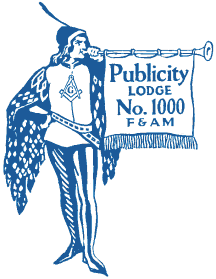

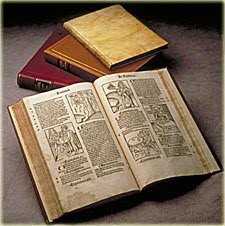


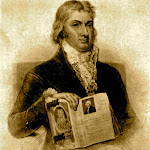




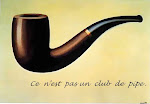
















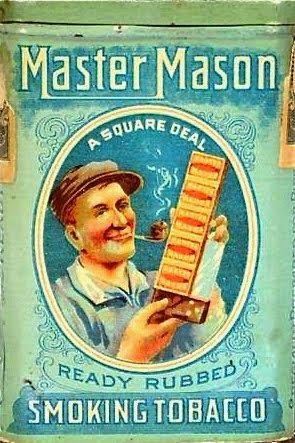


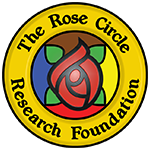

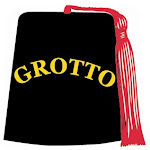








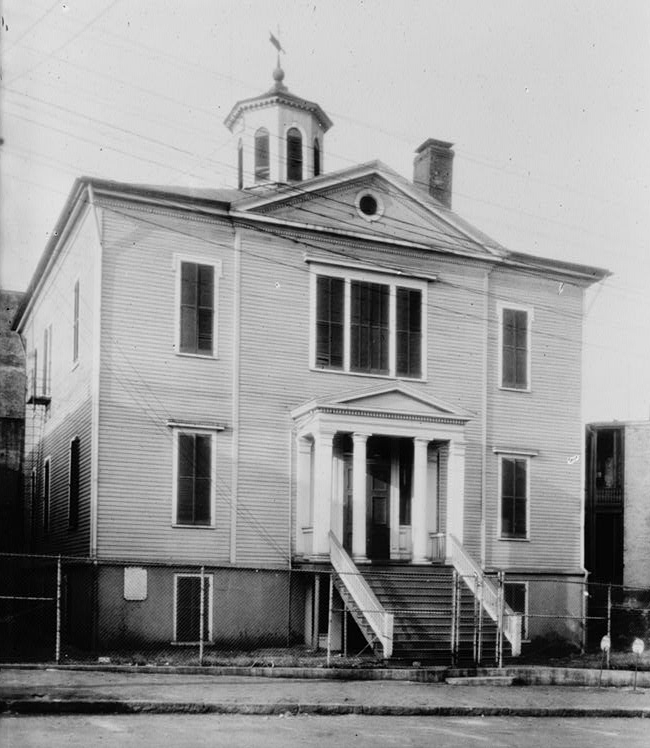
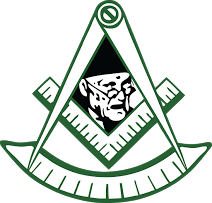
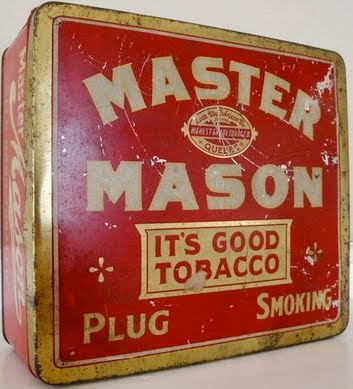




2 comments:
I would like to read the full paper. Would you please let me know how ?
alainbernheim@gmail.com
l woukldd also love to read this paper in full.
Jacques Huyghebaert
Sri Lanka
jacques@huyghebaert.org
Post a Comment